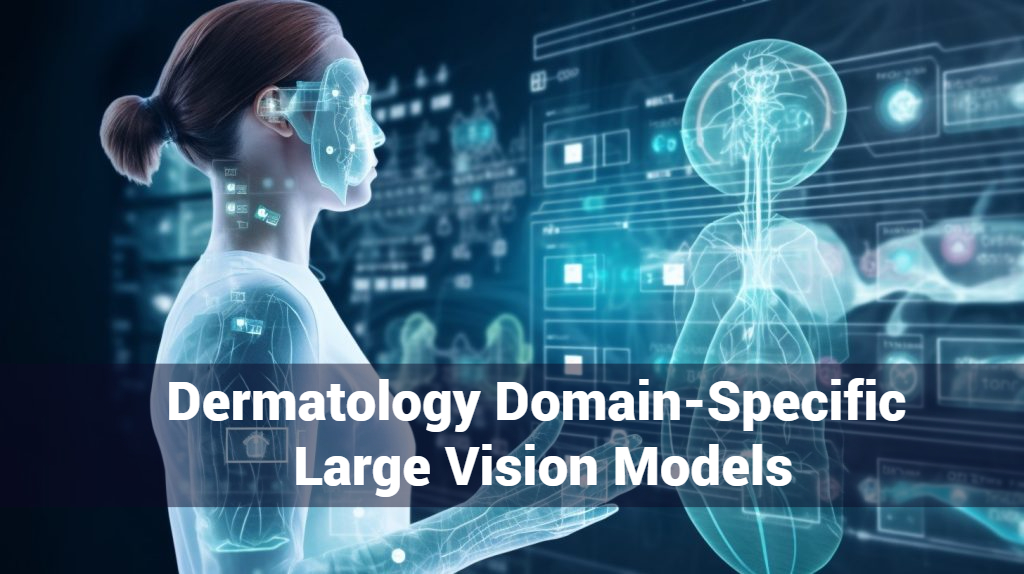Exploring the Power of Dermatology Domain-Specific Large Vision Models

In the domain of dermatology, technological advancements have ushered in a new era with the integration of domain-specific large vision models. These AI-powered models, designed exclusively for dermatological applications, have revolutionized the landscape of skin disorder analysis, diagnosis, and treatment.
Understanding Dermatology Domain-Specific Large Vision Models
Dermatology, being inherently reliant on visual cues, has found a game-changer in these specialized AI models. Tailored with extensive datasets and cutting-edge AI methodologies, these models decode intricate patterns and details within images of the skin. This breakthrough enables accurate identification and analysis of a wide spectrum of skin disorders, encompassing common afflictions such as acne and eczema to more complex conditions.
Enhancing Diagnostic Precision in Dermatology
The adoption of domain-specific large vision models has significantly accelerated the diagnostic process in dermatology. Their proficiency in discerning subtle variations in skin pigmentation, texture, and anomalies allows for early detection and more nuanced understanding of dermatological issues. As a result, healthcare professionals can offer swifter and more accurate interventions, leading to improved patient outcomes.
Complementing Dermatological Expertise
These large vision models complement the expertise of dermatologists by serving as powerful analytical tools. Their capability to generate insights and provide a comprehensive view of skin conditions aids in informed decision-making. Moreover, they assist in devising tailored treatment plans, offering suggestions based on the analysis of a multitude of skin disorder patterns.
The Impact on Dermatological Practices
The integration of domain-specific large vision models in dermatology signifies a monumental shift in the approach to skin disorder analysis. Their presence has elevated the precision, efficiency, and depth of understanding in dermatological practices. With these models, clinicians can leverage enhanced accuracy in diagnostics and explore more personalized treatment pathways.
Future Horizons and Advancements
Looking ahead, the evolution of domain-specific large vision models holds immense promise. Further advancements in AI and machine learning methodologies continue to refine these models, promising even greater accuracy, broader coverage of skin disorders, and increased adaptability in real-time clinical settings.
Conclusion: A New Dawn in Dermatology
In summary, the advent of dermatology domain-specific large vision models has transformed the diagnostic landscape in dermatology. Their integration signifies a leap forward in precision medicine, promising better diagnostics, more informed treatment decisions, and ultimately, improved patient care in the field of dermatology.
The amalgamation of cutting-edge technology with dermatological expertise opens doors to a future where precision and personalized care redefine the standards of dermatological practices.





